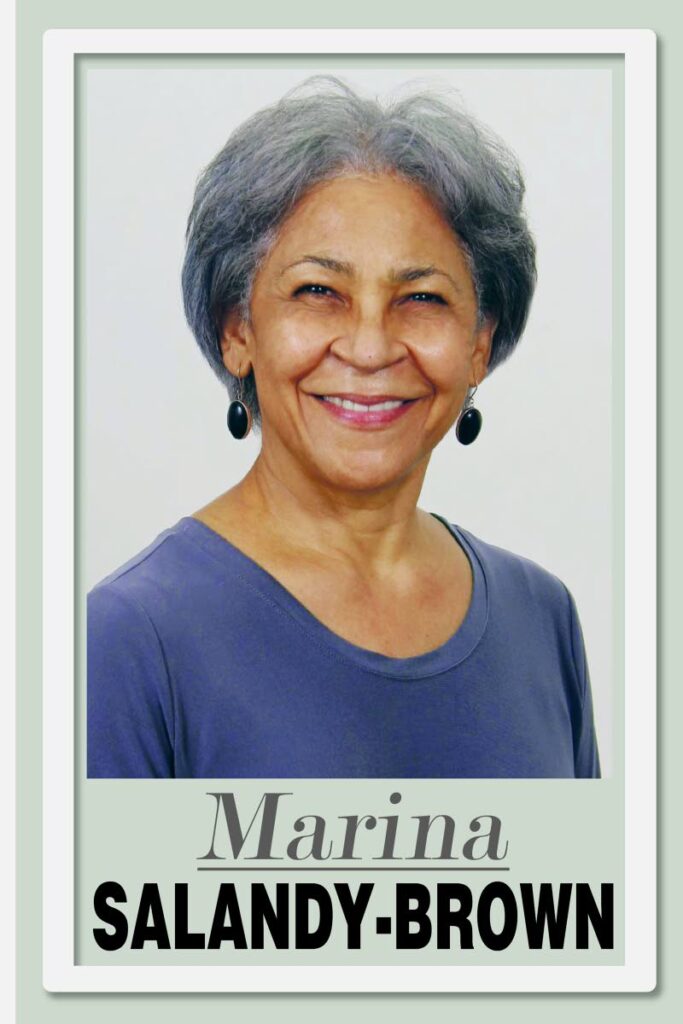Locations of culture

The French writer Charles Péguy remarked, in 1913 that the world had “changed less since the time of Jesus Christ than it had in the last 30 years.”
From 1913 to 2023 the word “change” itself takes on quite a different meaning, making change incalculable.
For a person born in Péguy’s time, today’s world would be quite shocking, technologically and economically, but also spiritually, societally and culturally, and, specifically for the purposes of this column, with regard to art, which has been through many -isms and today makes us sometimes wonder about the role of semantics at the expense of creative passion.
This thought, and how art can and should be used to remind us of our history, and even taught, occurred to me as I looked at the once-in-a-lifetime special collection of the relatively few and widely dispersed works of the 17th-century Dutch painter Johannes Vermeer, ending at Amsterdam’s Rijksmuseum today.
For Dutch people, the recent fine and very expensive restoration of the 19th-century Rijksmuseum allows them to represent their distinctive past in the best possible way. The permanent collection presents famous Dutch paintings, sculptures, objects, pieces of crafts from the grand epoch, ship models and pieces of furniture.
It was a cultural eye-opener, as was a visit to Rembrandt’s house, with his own art collection, and the Moko museum of modern art, with its revolutionary and digital art by international living artists such as Bansky, Hirst, Emin and The Kid – a new kid on the block.
At school in Trinidad we were introduced to Western art from the period of the Renaissance through the 17th century – mainly Spanish and Dutch – to the 19th-century French Impressionists, whose influence is still widely seen in many modern painters’ work, and to the famous artists of those periods. Their amazing images are so deeply etched in the memory that when one sees the actual paintings they have a great familiarity; only the size of the canvas or the intensity of colour might surprise. The paintings published in Nelson’s West Indian Reader were even more indelibly engraved on our young, receptive brains.
Last weekend, as the car I was in approached Salisbury Cathedral, which sports the highest church spire in England, I did not see the real, beautiful thing before my eyes but the remarkable 19th-century John Constable painting that I had gazed at repeatedly when still a child and which lives in my head.
It is not an experience unique to me, and must be due to the accompanying essay on picture composition in the Reader, which was not part of an art class, but general reading. Later, studying Shakespeare’s Hamlet at Advanced level, the depth of the Prince of Denmark’s loss was more appreciated by evoking the image in the earlier West Indian Reader of Millais’ delicate pre-Raphaelite painting of Ophelia, lying afloat, but dead, after drowning in the river.
Our art teachers, nevertheless, drew a strict line between the European world of study and reference and the other, real world of local wooden huts/rustic houses, beach and rural yard scenes – our world. The colours we used were bright and deep to reflect our lush vegetation and our dress style; our local animals populated the canvas.
It was not exciting to me, because it seemed purely representational and lacking in narrative drive, especially after the paintings in our Readers which told stories about the dynamic of the places and people featured there.
I did not appreciate then that we were being taught not to accept the coloniser’s narrative but to make our own, to produce our own images of identity. It might have been helpful to understand that we were involved in a process of differentiation – by assuming the images we were transforming the subjects.
At the time, too, I had not fathomed that portraiture or human beings as still life was missing in our teaching and perhaps still is, and it may be the reason why we have so little sculpture and representation of the human form in our public art. Rembrandt, like many other jobbing artists, lived off commissions to render his human subjects grand, beautiful, potent etc, but he also practised his craft using models from the area in which he lived, which included working people, many non-European; and the pictures now present us with a valuable, pictorial social history of the social and economic structures of the time. Vermeer, born a century later, went further, painting ordinary people, often single figures, in simple scenes, such as a woman pouring milk, considered one of the greatest masterpieces of all time.
Painting and sculpture have largely lost their role as representations of the times, displaced by broadcast and social media, but spending a weekend looking at art of the present and previous eras one understands the continuing relation of art to ideas, both prevailing and revolutionary, and to life.
Artists are not political activists, but we should not overlook the specific value of their work and its power to symbolise, shock, transgress and influence down through the ages.
The Vermeer exhibition ran for four months and all 450,000 tickets quickly sold out internationally.


Comments
"Locations of culture"